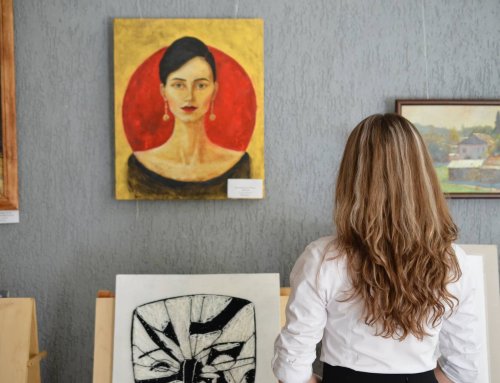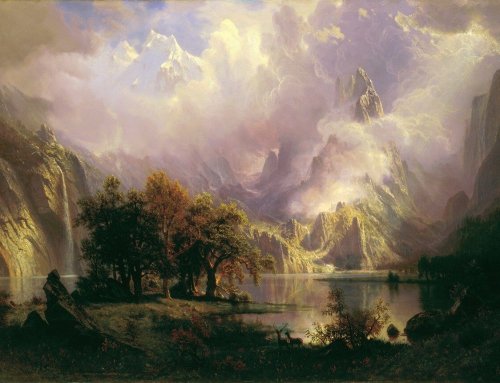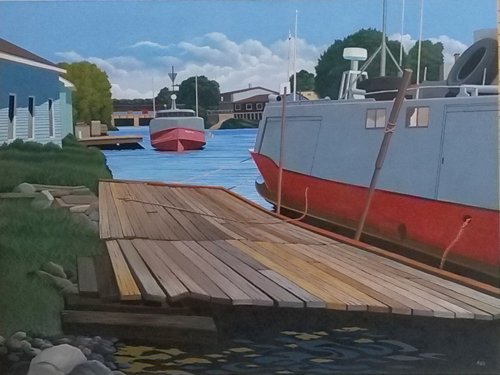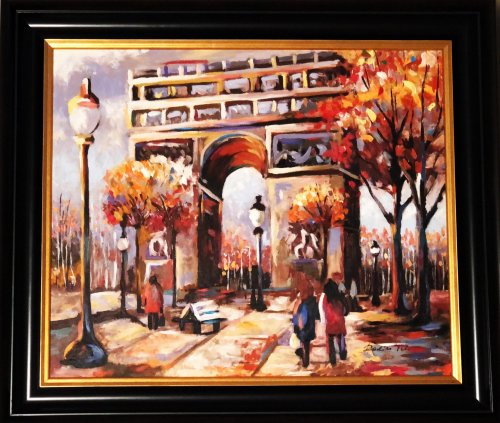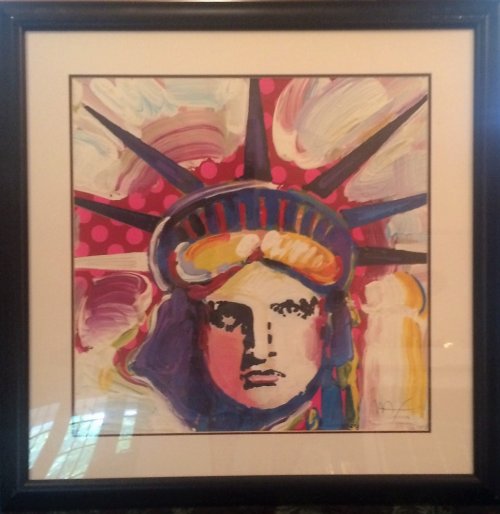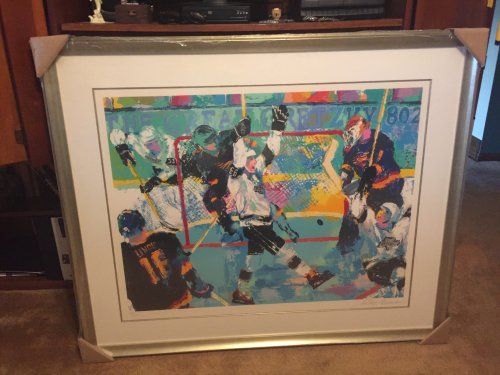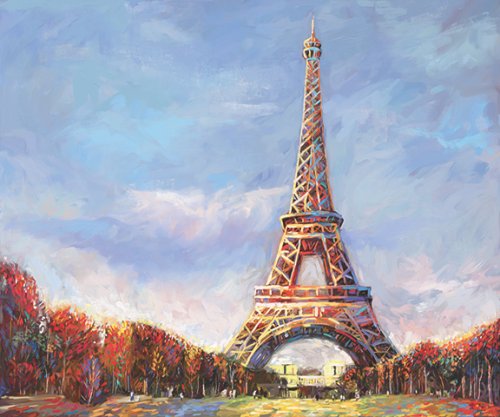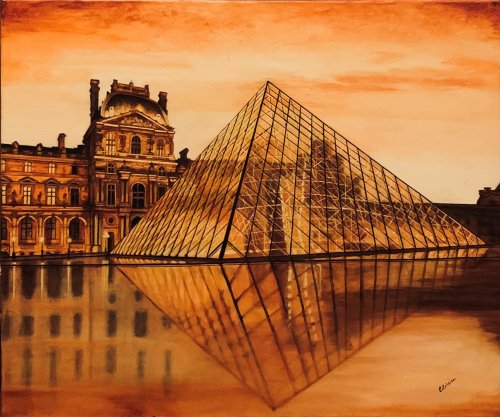“Investing is the act of allocating resources, usually money, with the expectation of generating an income or profit. You can invest in endeavors, such as using money to start a business, or in assets, such as purchasing real estate in hopes of reselling it later at a higher price.”
With how frequently we have been hearing about cryptocurrency in the news, an increasing amount of people are rethinking their investments. High-yield savings accounts, mutual funds… the list of ways you can use your money to make money is quite long.
We’ll leave the subject of cryptocurrency and other investments for another day. For now, let’s discuss why investing in art may be the right investment for you. Please keep in mind that it’s important to discuss your finances with a professional. Before making any official major financial decision, speak to your trusted advisor.
Investing in Art
It seems like news outlets are covering news stories surrounding famous works of art being sold to the highest bidder frequently these days. When we hear the dollar amount that a piece of art can be sold for, it’s hard not to have your eyebrows lift, and your eyes widen. It’s enough to make the idea of investing in art tempting to anyone. While it’s important to weigh both the pros and the cons, the following are a few of the reasons why investing in art is a good idea.
The Value of Artwork Appreciates Over Time
One of the most expensive pieces of art sold is Leonardo da Vinci’s “Salvator Mundi,”. It is a depiction of Jesus Christ, and had the hefty price tag of $450.3 million in 2017 (about $534 million when adjusted for inflation). It was later reported that it was not a work of Da Vinci’s. Yikes.
This is a great example of a couple of how careful you must be while investing in art. Do not take authenticity for granted. There are many factors to how art is priced. However, sometimes, art collectors are able to manipulate the prices.
“For example, a great exhibition list that includes shows at prominent galleries and museums will undoubtedly raise the price of art. Also, artists’ professional development including artist education and the number of attended artist residencies is a factor in determining the price of art, especially for young and emerging artists.” – Jovic
There are different ways of determining value, since there are different kinds of value. For example, according to our pals at Investopedia, there is commercial value, social value, and intrinsic value. They go on to explain the following:
- Commercial Value: How much does it cost? This is determined through a collective consensus, usually by appraisers and professionals in the fine art world.
- Social Value: This refers to how it communicates. How does it speak to the audience? What emotions and reactions does a particular piece of artwork evoke?
- Intrinsic Value: This is something that can’t be determined by numbers alone and also involves emotions. But to go even further, the intrinsic value of a piece of art also relates to how unique it is and whether it is replaceable.
Art is a Door to Another World, At All Walks of Life
.
For anyone serious about art as an investment, it is important to immerse yourself in the art world. It would obviously help if you had some level of art knowledge beforehand. If this isn’t the case, it should not stop you from learning about art now. It’s better late than never, right?
If you dread the thought of doing research that resembles being back at school, you’d be able to learn a lot just by going to events. Or, an even easier way, would be to go through online methods. The world is truly at our fingertips. From online publications to even online art communities, it’s a great way of getting your foot in the door.
No matter how you go about it, you’ll not only get a feel for the art market, but you’ll also learn and meet interesting people. Do not allow yourself to be intimidated by those who may know more than you. They all had to start from somewhere, just like you.
Making these connections will help you stay in the know when it comes to art news. Not only does it make it easier to spot trends as they develop, you’ll also get insight to where market interest is seemingly headed. This will help you to see which areas of art may be worth investing in compared to their less popular counterparts.
As you can see, there are different reasons why investing in art is a good idea. As with everything else, there is always a risk, so we simply advise you to speak to professionals before embarking on this venture.
Also, if, you’re looking to make a quick buck, perhaps this isn’t the right business investment for you. However, if you love art, or have ever wanted to learn more about art, there are many benefits to doing so. Some of these benefits are monetary. Others are more for the purpose of knowledge, and passion. You never know where it may take you.
References
Barton, S., & Brock, T. (n.d.). Fine Art Can Be a Fine Investment. Investopedia. Retrieved July 2, 2022, from https://www.investopedia.com/articles/pf/08/fine-art.asp
Jovic, M. (2019, January 17). How Art Collectors can Increase the Value of their Collection. Art Acacia Gallery. Retrieved July 1, 2022, from https://www.artacacia.com/blogs/posts/how-art-collectors-can-increase-the-value-of-their-collection
Kim, S. (2022, June 21). Tired of stocks, South Korea’s millennial investors bank on art. Al Jazeera. Retrieved July 2, 2022, from https://www.aljazeera.com/economy/2022/6/21/hld-art-of-the-deal-south-korean-millennials-investUddin, R., & McLoughlin, S. (2021, November 15). Saudi-owned Salvator Mundi painting is not a Da Vinci, museum says. Middle East Eye. Retrieved July 2, 2022, from https://www.middleeasteye.net/news/saudi-arabia-salvator-mundi-not-da-vinci-museum


